Vintage Tribal Kilim Runner 2' 11" x 10' 6" (35" x 126")
Type:
Kilim RugsCollection:
Tribal RunnersID:
K0077529Size:
Material:
The designs feature a rich array of symbols representing tribal culture and Anatolian motifs, often in the form of medallions, diamonds, and other geometric shapes.
The designs feature a rich array of symbols representing tribal culture and Anatolian motifs, often in the form of medallions, diamonds, and other geometric shapes. These kilim runners are ideal for hallways and narrow spaces, offering a touch of ethnic charm and artisanal quality to any interior.
Herki kilims not only serve as functional floor coverings but also as artistic expressions of tribal identity, making each rug a unique cultural artifact.
Design Elements
- Geometric Patterns: The kilim features a rich array of geometric shapes such as diamonds, triangles, and zigzags. These shapes are often used in traditional tribal designs to represent natural elements and various cultural beliefs.
- Symmetrical Arrangement: The symmetrical layout of the motifs creates a balanced and harmonious visual appeal. This symmetry reflects stability and order, which are important values in many cultures.
- Border Design: The rug is bordered by a contrasting color that frames the inner patterns, emphasizing the intricate designs and adding to its overall aesthetic value.
- Texture: The flat-weave technique used in kilims gives it a unique texture, enhancing the tactile experience while also allowing for vivid colors to stand out more prominently.
Colors
- Red: Dominating the color scheme, red symbolizes passion, strength, and warmth. It is often associated with life force and vitality in tribal cultures.
- Orange: This vibrant color represents creativity and enthusiasm. The use of orange adds energy to the design and is often used to signify prosperity.
- White: White often signifies purity and peace. In the context of the kilim, it acts as a backdrop that highlights the vibrancy of other colors.
- Gray: The subtle gray accentuates the overall color palette, providing a neutral balance that allows the brighter colors to stand out while also representing wisdom and stability.
Main Motifs and Their Symbolism
- Diamonds: Often symbolizing wealth and status, diamonds are a common motif in tribal designs. They are seen as protective symbols that ward off negative energy.
- Triangles: Representing stability and hierarchy, triangles are frequently associated with the earth and the natural world. They reflect the connection between humanity and nature.
- Zigzags: These motifs often symbolize water or lightning, signifying life's energy and the flow of creativity. They represent movement and transformation.
- Crosses: Cross patterns can signify protection and are often used to invoke blessings or safe passage. In some cultures, crosses denote the four elements or directions.
Summary
The vintage tribal kilim runner is an exquisite piece, showcasing intricate geometric patterns adorned in a vibrant color palette of reds, oranges, whites, and grays. Each color carries its own significance, from passion and creativity to stability and purity. The main motifs, including diamonds, triangles, zigzags, and crosses, each hold deep symbolic meanings related to wealth, stability, nature, and protection. This harmonious combination of design elements and colors makes the kilim not only a functional item but also a meaningful work of art.
- Ships in 1-4 business days
- Only one in stock, handmade, unique
- Free shipping via FedEx Express. Easy returns
- Contact us or add a note to your order if you want us to delay your shipping.
- Request more info if you want this rug shorter or narrower
Colors may appear slightly different across various monitors due to screen settings device differences, and external lighting conditions. If color accuracy is important for your space, we recommend viewing the rug on multiple devices or contacting us for a detailed color description. We can provide detailed photos and references using Sherwin-Williams, Benjamin Moore, Pantone, or even Crayola crayons.
You can also visualize most of our products in your own room with AR (augmented reality) on an iPhone or iPad.
Return Policy
Need a rug pad? We recommend RugPadUSA
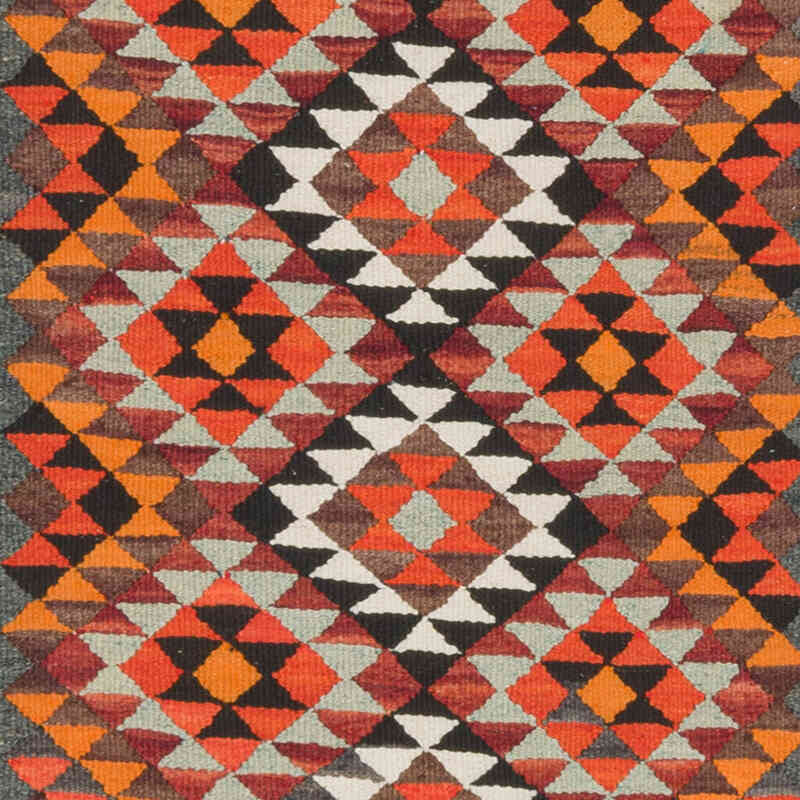
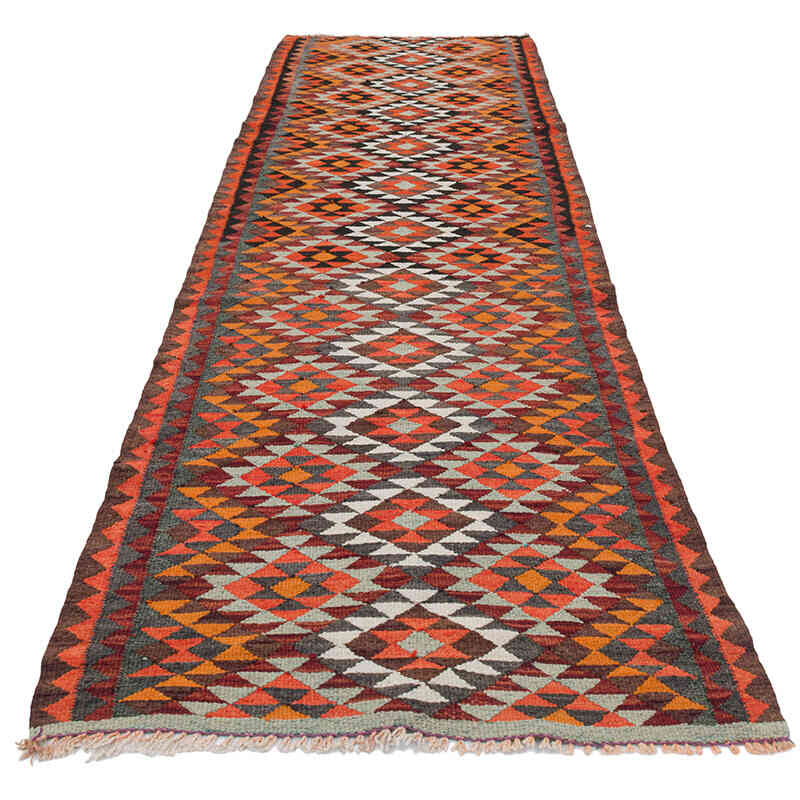
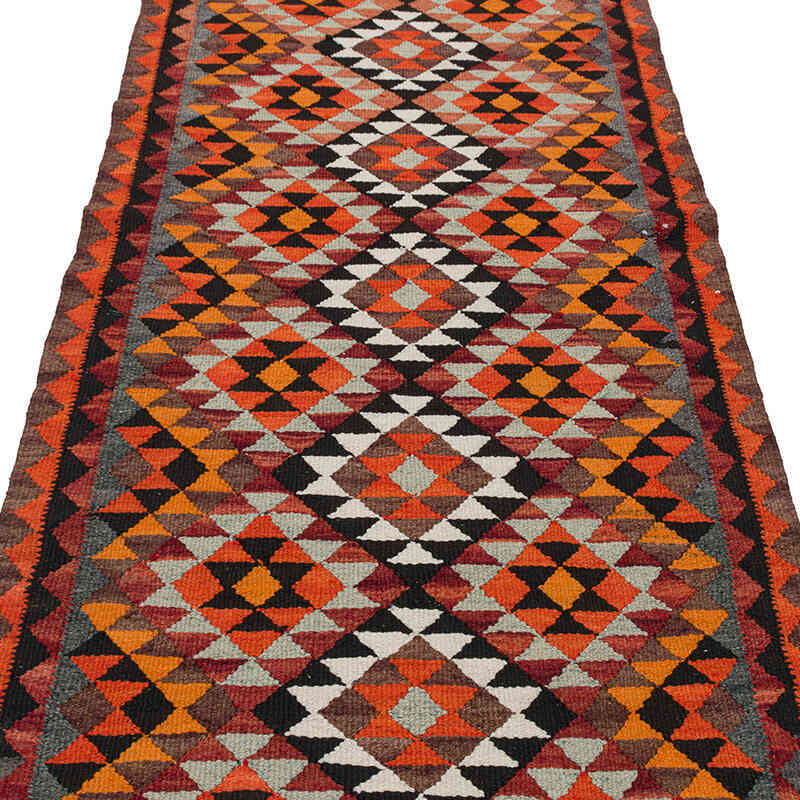
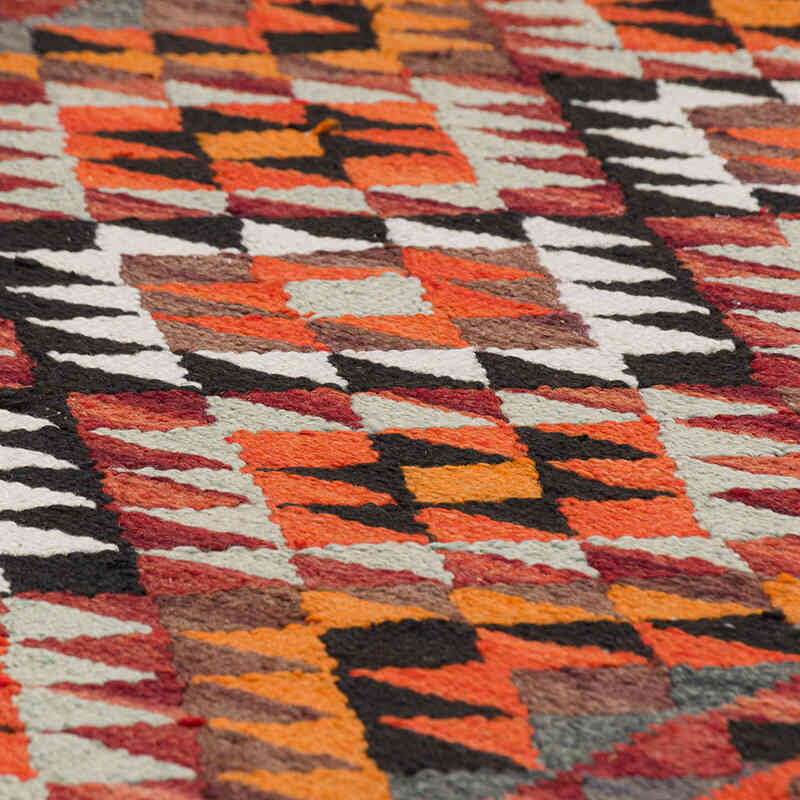
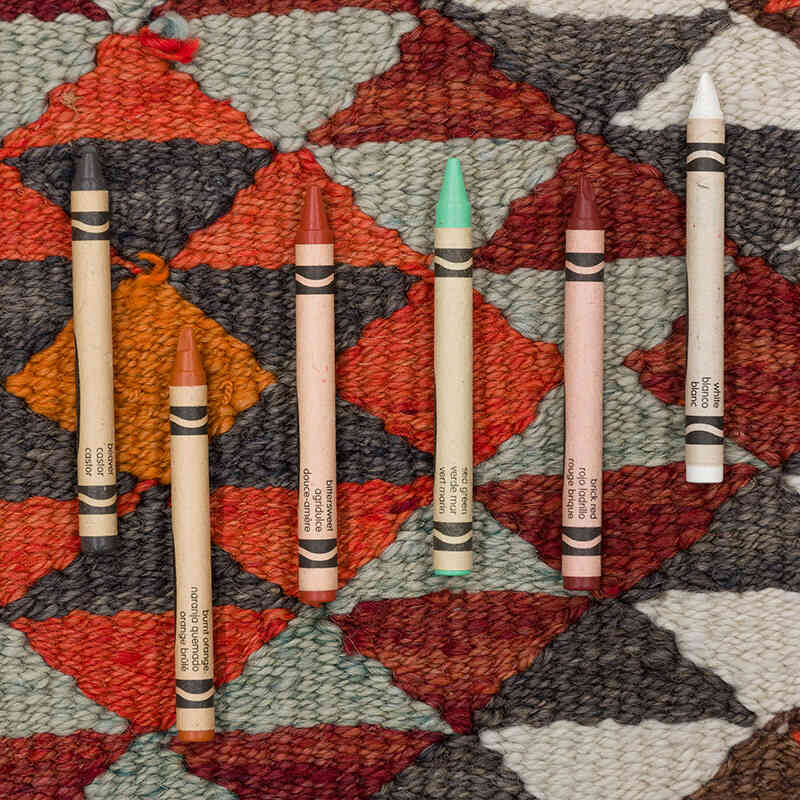
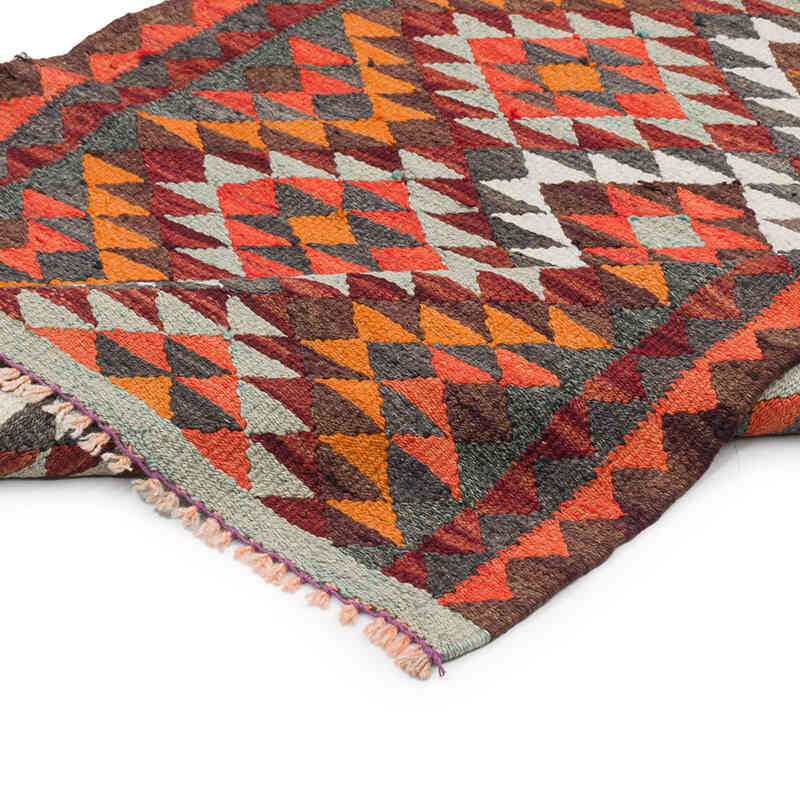


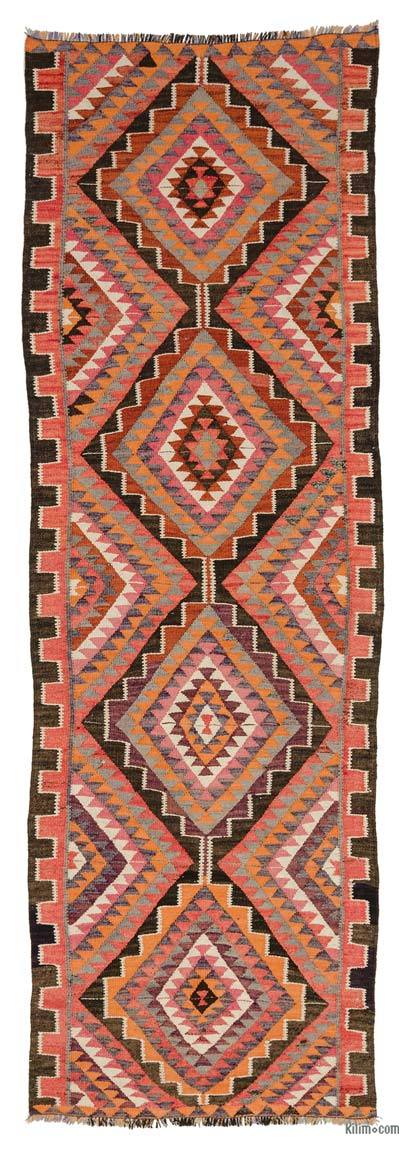

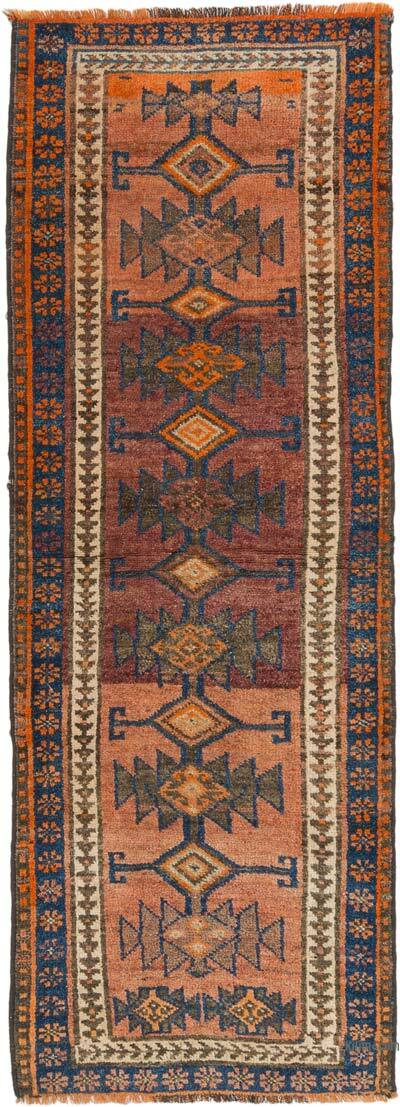




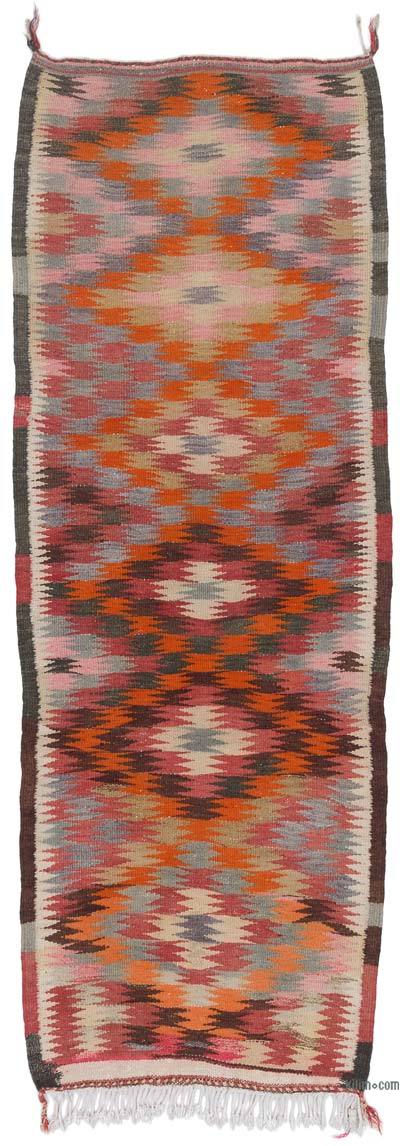







Wonderful carpet